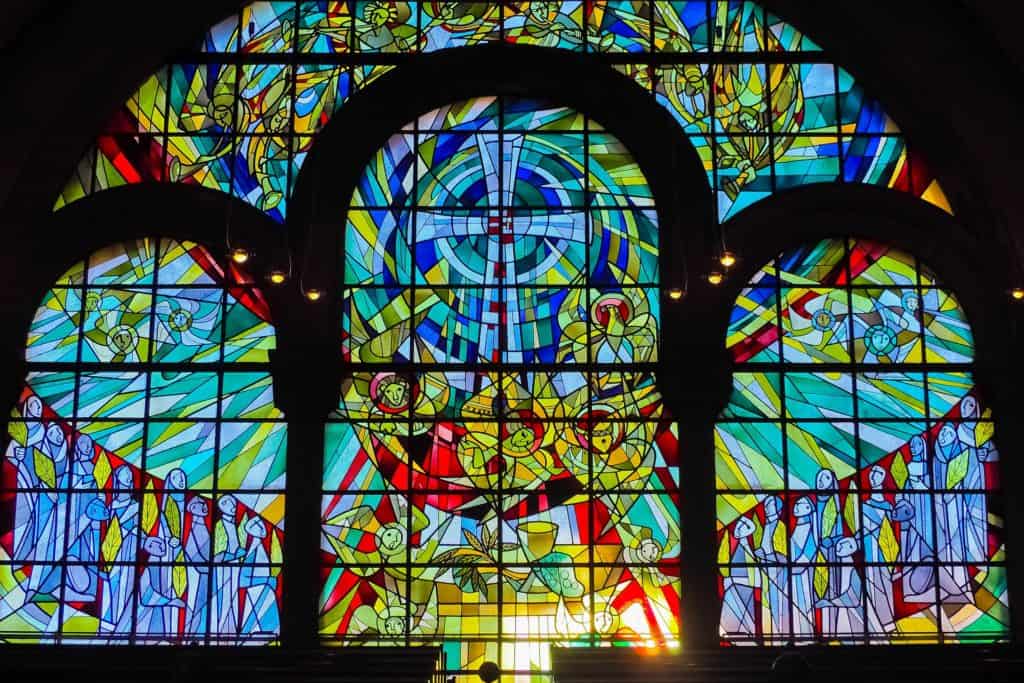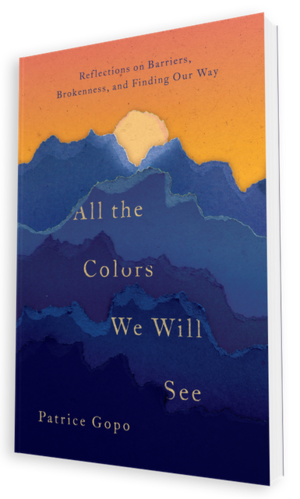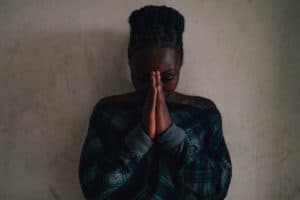
On a Sunday in mid-December, as on most other Sundays, I return home from church tired, ready to eat a few bites of food before succumbing to rest. My eyes droop from the weight of desired sleep, and I think of my bed and the fleece blanket I love to pull to my chin.
“Go lie down,” Nyasha says to me, taking my lunch plate and carrying it to the sink. “Go lie down.” I let his words push me toward the stairs. For perhaps an hour or maybe more, my body and my mind sink into soft places. A deep sleep takes over and sends me tumbling and falling into a world of dreams and impossible things.
I wonder if I nap more this winter than I have in the past. If there is a certain weariness I can’t shake no matter how often I close my eyes. Is my body giving in to a desire to escape that I can’t recognize while awake? Perhaps these Sunday afternoon naps cross too far into evening. Maybe I do wake still carrying the weight of exhaustion. As the daylight dims, I stare beyond my bedroom window past the bare branches of my neighbor’s tree, and I watch a world drained of color carrying on in washed-out grays. Then I let the comfort of the bed tug me back to sleep.
My family and I have been attending a predominantly white church in Charlotte for almost two years now. As a black family, we are in the minority in our congregation, just as we are in our country.
In the United States, nearly nine out of 10 churches are considered segregated, with 80 percent or more of the membership coming from one racial group. Almost 60 years ago Dr. Martin Luther King Jr. declared Sunday mornings to be “the most segregated hour of Christian America.” The reality, though, in modern America, is that many congregations aren’t segregated because of some form of racial animosity. Something much simpler manifests itself across the country on Sunday mornings: people tend to feel more comfortable with people who look like themselves. And people who have similar styles of worship often have similar colors of skin.
People tend to feel more comfortable with people who look like themselves. And people who have similar styles of worship often have similar colors of skin.
Nyasha and I didn’t choose to start attending our church out of a belief in the integration of Sunday mornings. We came because I saw light in the sanctuary. Bright light shone through the large windows. Golden rays pierced the gray cloud that followed me wherever I stepped. Lyrics to a song appeared on the large screen as we walked in, and I wanted to sit on the hard pew and feel the smooth wood slick under my palm. I reached for Nyasha, and my body stilled while first one tear and then another rolled down my cheek.
The previous few years marked one of those difficult seasons of life that everyone has experienced or will experience. In the midst of it all, Nyasha and I spent Sunday mornings searching for a church that might help us cling to our faith. With our shared history in multicultural congregations, I was surprised we visited a white church and eventually wanted to stay. We smiled at the white faces filling the sanctuary and pressed our brown hands into the pink hands of others. Something washed over us. Calm? Peace? Healing? Whatever that thing was nudged the rain cloud overhead and let the warm light from the great windows soothe at least some of our wounds.
This winter, though, our second in this church, I think more and more about our black family in a mostly white congregation. The apostle Paul wrote that in the Christian faith “there is neither Jew nor Gentile.” Yet sometimes I think how black and white still remain. When we first visited our church, we chose to ignore what we knew we couldn’t ignore forever. But after the gray cloud started to fade, moments of discomfort found me when I scanned the crowd, searching for a face like mine. I reminded myself that race forms just a piece of a person’s identity. Still I didn’t mind the times we left through the side doors as soon as the service ended.
As the months passed, I began to notice how I parsed my sentences with greater caution, nervous that I might offend—or, worse, be labeled the black woman who can’t get past the tired topic of race. Rather than explaining how white views of beauty impose their standards on black hair textures, I overlooked a comment about “good” hair. Somewhere in my logic I declared “pleasant” more important than “truthful.”
 Patrice Gopo is a 2017-2018 North Carolina Arts Council Literature Fellow. She is the author of All the Colors We Will See: Reflections on Barriers, Brokenness, and Finding Our Way, an essay collection about race, immigration, and belonging. This article was taken from All the Colors We Will See by Patrice Gopo, copyright © 2018. Used by permission of Thomas Nelson.
Patrice Gopo is a 2017-2018 North Carolina Arts Council Literature Fellow. She is the author of All the Colors We Will See: Reflections on Barriers, Brokenness, and Finding Our Way, an essay collection about race, immigration, and belonging. This article was taken from All the Colors We Will See by Patrice Gopo, copyright © 2018. Used by permission of Thomas Nelson.


